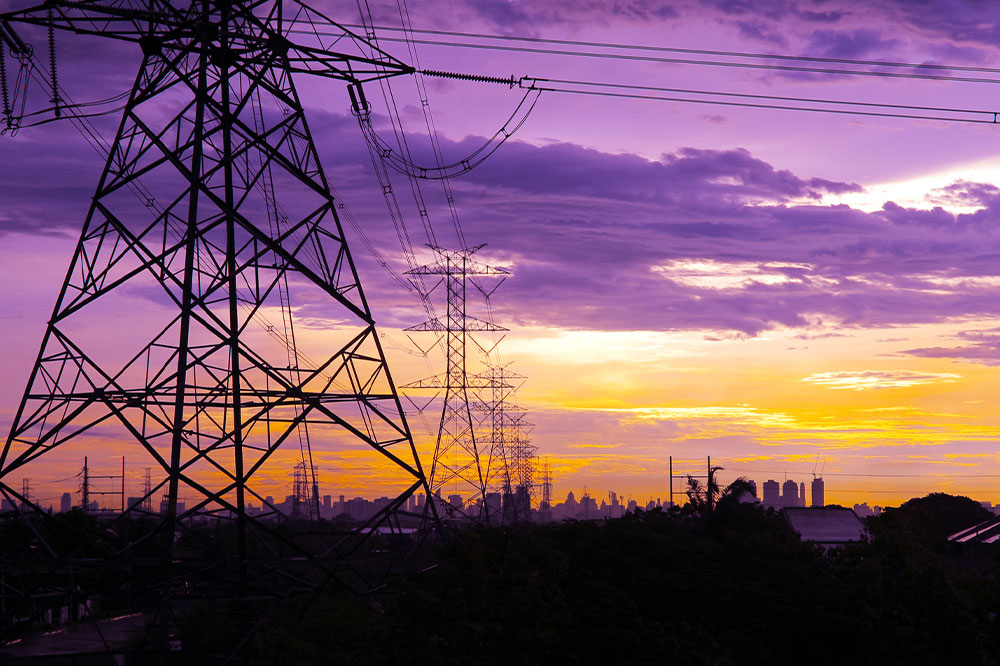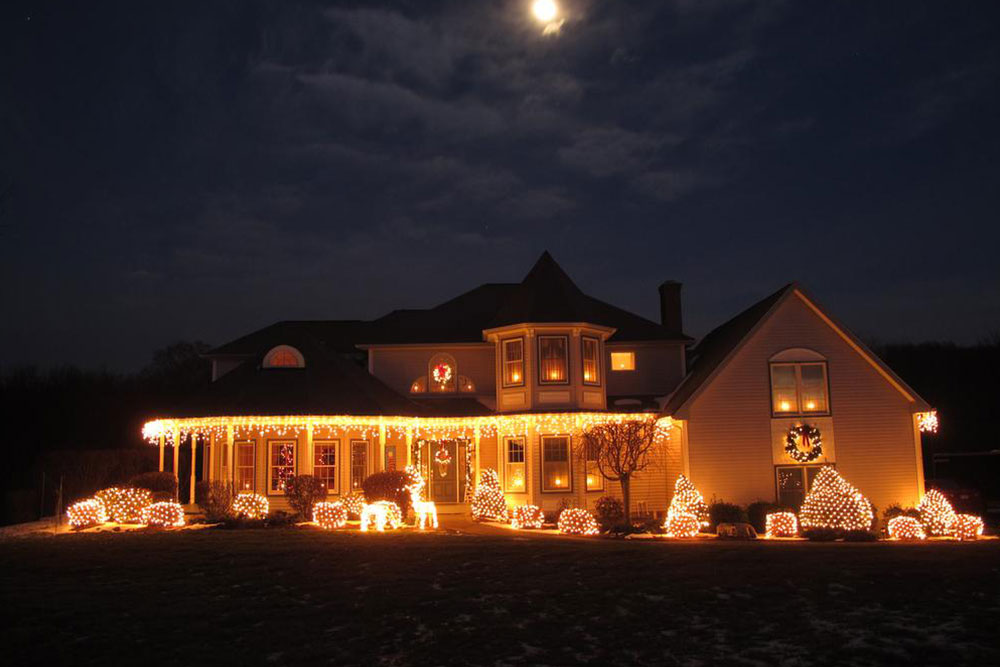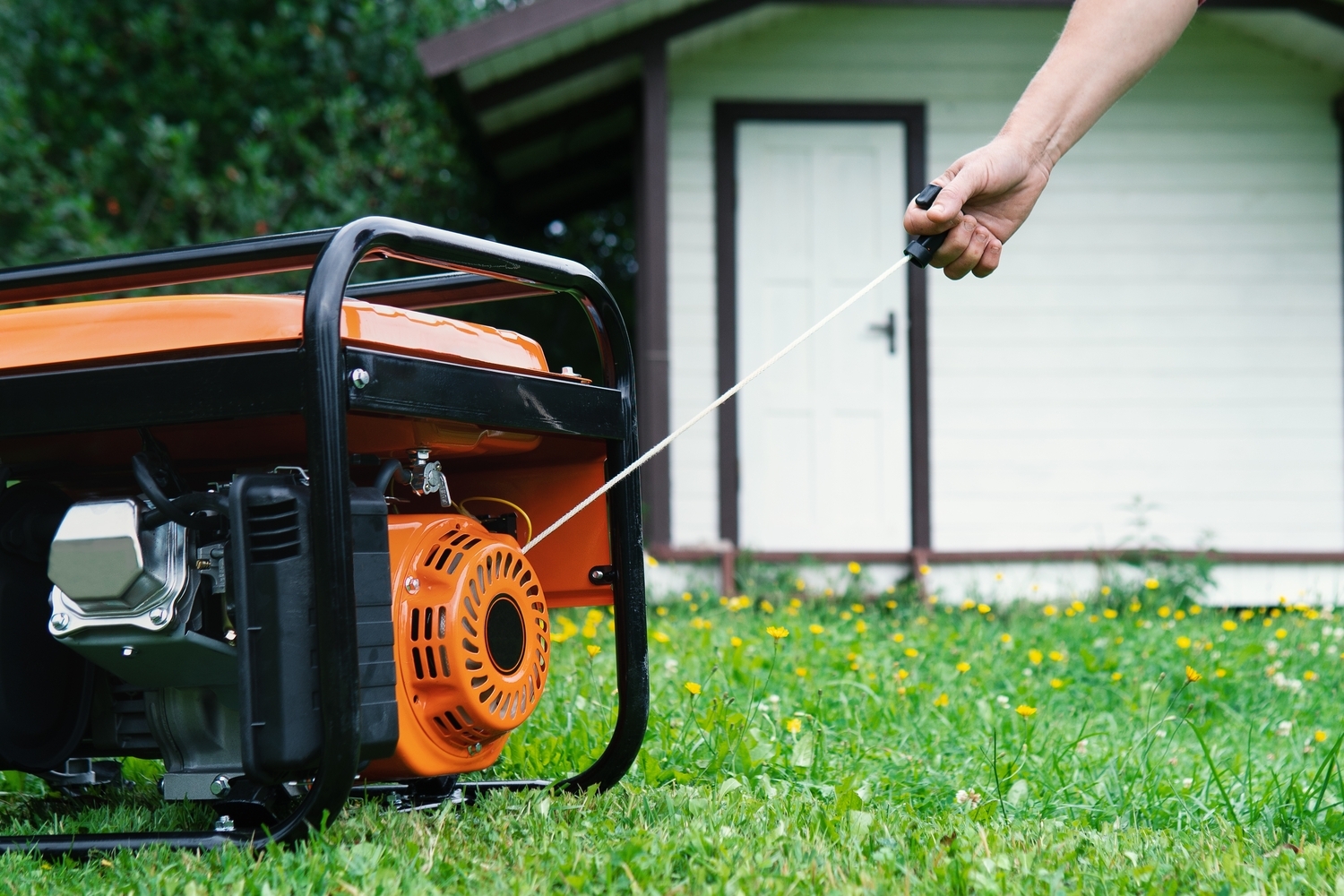Understanding Power Outages: Causes, Types, and Safety Tips
This article offers a comprehensive overview of power outages, covering their causes, types, and safety tips. It explains how weather, accidents, natural disasters, maintenance, and billing issues lead to outages. The piece describes different outage types such as blackouts, brownouts, and rolling blackouts, and provides practical advice on safety measures during outages, including staying away from downed lines, conserving food, and using generators properly. Staying informed through outage maps and safety guidelines helps communities manage disruptions safely and effectively.

Understanding Power Outages: Causes, Types, and Safety Tips
Electricity is essential for daily life, powering homes, workplaces, streets, and communities. When outages happen, they can disrupt routines, delay work, spoil stored food, and impact communications. Recognizing the causes and types of power interruptions is vital for preparedness and safety. Common triggers include weather events, accidents, and natural disasters. Tips for managing outages include staying away from fallen lines, conserving food, and using generators safely. Being informed about outage maps and safety practices helps minimize risks during such events.
Main causes of power interruptions
Severe weather
Storms, heavy rain, snow, and lightning are primary causes of power outages. Strong winds can topple trees onto power lines, while snow and storms may damage infrastructure, disrupting electricity supply.
Accidents and vehicle impacts
Collisions involving vehicles can damage power poles and lines, especially in areas with heavy snowfall, leading to outages.
Wildlife and pests
Animals attracted to the warmth and humming sounds of electrical equipment can cause damage or injuries, leading to power failures. Additionally, bird nests and debris on insulators may also result in outages.
Natural disasters
Floods, earthquakes, hurricanes, and other natural calamities can disrupt power grids and cause prolonged outages. Recovery may take time depending on the extent of damage.
Scheduled maintenance
Periodic upgrades and maintenance of electrical infrastructure can cause planned outages. Residents are typically informed in advance about the timing and duration.
Billing issues
If bills are unpaid, power supply may be temporarily cut off until payments are settled.
Various types of power outages
Blackout
A blackout is a complete loss of power usually caused by major natural events, severely affecting communities and economic activities.
Brownout
Brownouts involve a reduction in voltage that results in dimmed lights and underperforming appliances but not a total power loss. Excess electricity demand can trigger such events.
Rolling blackouts
Planned, rotating outages used to manage grid load during shortages or maintenance. These are scheduled to minimize impact and help upgrade infrastructure.
Persistent fault
Sudden faults in power lines cause temporary outages that can be quickly fixed once the issue is identified.
Safety tips during an outage
Stay away from fallen power lines: Keep a safe distance of at least 35 feet from damaged or downed lines to avoid electrocution.
Limit refrigerator opening: To preserve food, avoid opening refrigerators and freezers unnecessarily; perishable items can stay cold for hours if unopened.
Use generators safely: Operate generators outdoors on level, dry ground, away from buildings. Use extension cords to avoid indoor use and never operate with wet hands.
Avoid candles: Use battery-powered flashlights or solar lights instead of candles to prevent fire hazards. If candles are necessary, place them securely in holders away from flammable materials.
Unplug appliances: Disconnect electrical devices to prevent surges and damage when power returns.
Healthcare providers and residents can check outage maps online for updates on restoration efforts. Following safety protocols is essential for preventing accidents and ensuring safety during power disruptions.








